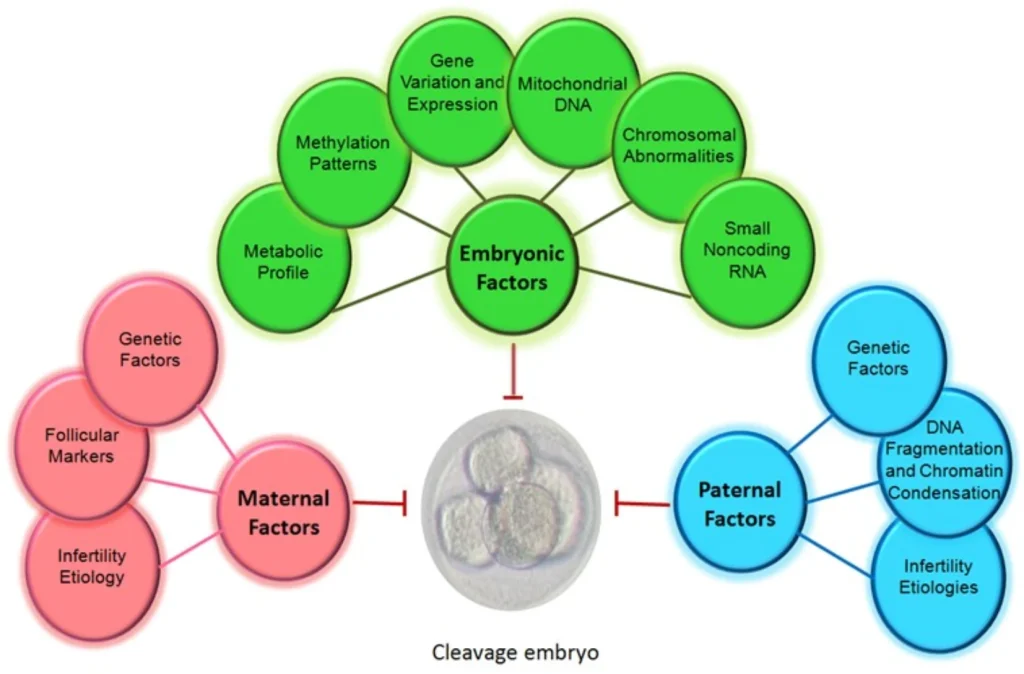Abstract
Pre-implantation development arrest poses a significant challenge in infertility treatment cycles. This study aims to evaluate the effect of Insulin, Transferrin, Selenium (ITS), and CHIR99021 on arrested human embryos. Arrested human embryos were obtained from the Embryology Department of the Royan Institute. After determining optimal concentrations, the embryos were assigned to control, CHIR99021, and ITS groups and cultured for 48–72 h. The arrest rate significantly decreased in the ITS and CHIR99021 groups compared to the control group (P < 0.05). The developmental rate up to the pre-morula stage significantly increased in the CHIR99021 group compared to the control group (P < 0.05). Additionally, there were significant increases in the expression of SOX2 in the CHIR99021 group and CCNA2 in the ITS group compared to the control group (P < 0.05). Immunofluorescent staining confirmed the expression of NANOG protein in the experimental groups. GSK3 inhibition by CHIR99021 and the application of ITS can alleviate arrest in human embryos, promote cell cycle induction, and enable progression to the blastocyst stage. Comprehensive characterization of these blastocysts in future studies is crucial to support ITS and CHIR99021 probable application in culture systems, particularly for women of advanced maternal age and those experiencing severe male factor infertility.
Introduction
in Vitro fertilization (IVF) stands as an assisted reproductive technology (ART) employed to aid infertile couples. Embryo development arrest pre-implantation poses a frequent challenge in cycles of infertility treatment. Research suggests that approximately 40 to 50% of embryos in IVF cycles fail to progress to the blastocyst stage and encounter arrest. This arrest, marked by a lack of cell division for a minimum of 24 h, often transpires on the second or third day post-fertilization. The causes of embryo growth arrest can be categorized into two groups: embryonic and parental factors (Fig.).

In a recent study by Yang et al. (2021), arrested embryos were categorized into three types. Type Ι arrested embryos experience disruptions during the Maternal to Zygote Transition (MZT) process, leading to abnormalities in the activation of the embryonic genome. Typically, these embryos are at the one- to three-cell stage. Moreover, a significant number of epigenetic regulators are suppressed in these embryos. Unlike Type Ι arrested embryos, Type ΙΙ and Type ΙΙΙ arrested embryos do not experience issues during the MZT process. Instead, these embryos enter a quiescent cell cycle state, halting at the fourth to the morula stage. Nevertheless, in all three types, disturbances in ribosomes and nucleosomes are noted.
Considering cell cycle blockade as a primary factor in arrested embryos, this study aims to leverage CHIR99021 small molecule, and ITS capable of stimulating the cell cycle of Type ΙΙ arrested embryos (four to the five-cell stage in this study).
